In my previous post, I shared the complete vocal chain that Jaycen uses to get those crisp and punchy vocals.
Today, I’m breaking down three of Jaycen Joshua’s low-end mixing secrets.
If you’ve ever wondered how to make your kick and bass (or 808) work together seamlessly, you’re in the right place.
Jaycen Joshua’s Low-End Mixing Secret
The low-end anchors the groove and emotional weight of music, especially in genres like hip-hop and electronic.
Poorly mixed low-end causes muddiness and masks other elements.
This can make the track less impactful and harder to translate across different playback systems.
Allow me to show you how to keep your low-end massive without losing focus.
1. Manual Sidechain with Clip Gain
Jaycen's approach to separating kicks and 808s or bass doesn't rely on plugins.
Instead, he uses clip gain in Pro Tools to manually duck the bass whenever the kick hits.
This level of precision ensures the relationship between the two elements is perfectly balanced and musical.

Here’s how I replicate this in my workflow:
- Highlight the bass or 808 track where the kick overlaps.
- Use the clip gain (pre-gain) tool in your DAW to lower the gain of the bass at every kick transient.
- Adjust the reduction amount depending on the mix context. For subtle ducking, try reducing by 1-2 dB. For more aggressive separation, go for 3-5 dB.
- Smooth out transitions (as shown below) by slightly overlapping the gain adjustments so it feels natural. If the transition is on the grid, it will cause clicks and unwanted artifacts.
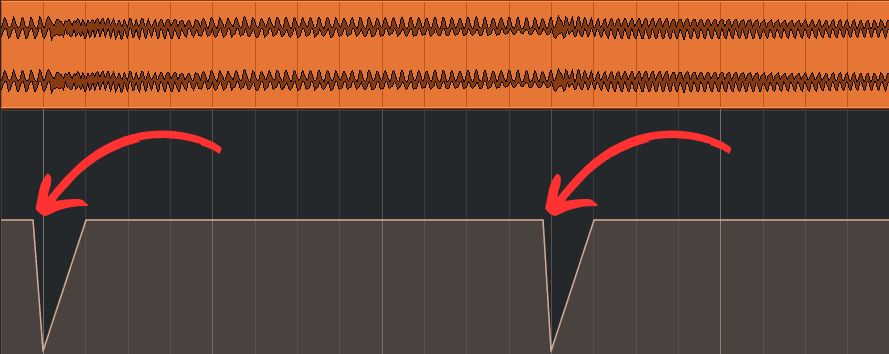
Check the result with the full mix to ensure the kick punches through cleanly without the bass feeling disconnected.
This manual method eliminates artifacts that can occur with traditional sidechain compressors.
It also gives you precise control over how the two elements interact.
2. Widening Bass and 808 Without Losing Focus
Jaycen’s basslines feel massive while maintaining clarity.
He widens the harmonic content of the bass or 808 while keeping the fundamental frequencies mono.
Here’s the step-by-step:
Split the bass into two frequency ranges.
Duplicate the bass track and apply a high-pass filter on one and a low-pass filter on the other.
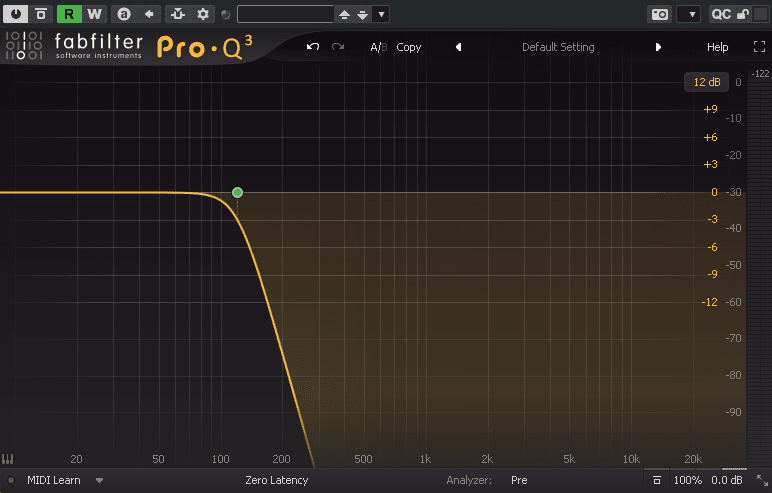
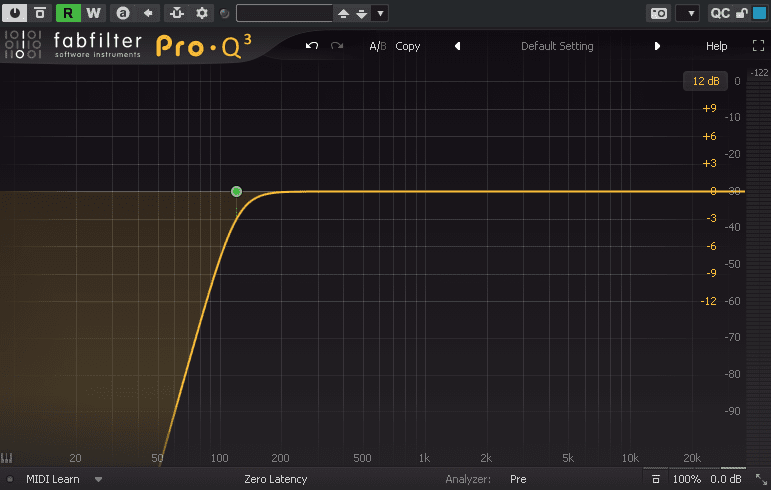
On the high-passed track (harmonics), add a stereo widener like Waves PS22 X-Split. Widen only enough to enhance the stereo image without overdoing it.
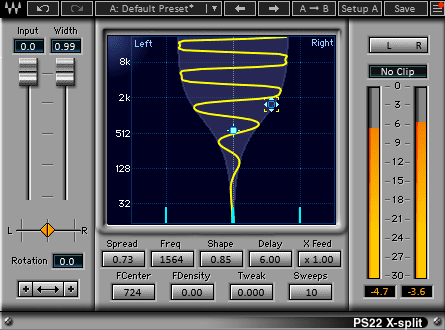
After the widener, add harmonic excitement using tools like Decapitator or Spectre.
Subtle saturation helps the widened elements pop without overpowering the mix.
Keep the low-passed track (sub frequencies) in mono. This ensures consistent playback on systems with limited stereo capabilities.
Blend the two tracks to taste.
The widened harmonics enhance the bass presence across all speakers, while the mono sub provides power and focus.
3. Sidechaining Instruments
Jaycen’s technique for creating space between instruments and kicks or bass involves grouping the instruments and processing them collectively with Soothe2.
This prevents the low end of these instruments from clashing while maintaining their fullness when the kick and bass aren’t active.
- Route all instruments (e.g., synth pads, guitars, reverbs) to a single bus channel.
- Insert Soothe2 on the bus. Enable sidechain input and route your kick or a trigger as the sidechain source.
- Focus the processing range on the low frequencies (below 200 Hz). Adjust the depth slider until the lows dynamically duck only when the kick hits.
- Fine-tune the attack and release controls to maintain a natural response. A faster attack ensures immediate ducking, while a slower release prevents abrupt recoveries.
- Bypass Soothe2 occasionally to compare before and after. The instruments should sound full when the kick and bass aren’t playing but leave space for them when they are.
This bus processing ensures consistency across all instruments in the group, maintaining balance and clarity in your low-end mix.
Bonus Tip: Enhancing Punch with R-Bass
Jaycen Joshua often uses R-Bass by Waves on his drum bus to enhance the low-end impact of the entire rhythm section.
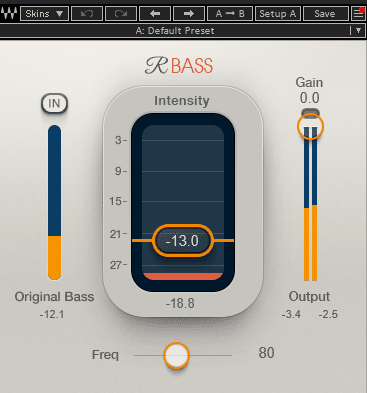
This plugin generates harmonic frequencies based on the selected low-end range, adding weight and punch without muddying the mix.
Here’s how to apply it effectively:
- Insert R-Bass on your drum bus.
- Set the frequency range to focus on the low-end fundamentals of your drums, typically between 50 and 120 Hz.
- Adjust the intensity slider to taste. The goal is to enhance the perception of bass frequencies rather than overpower them.
- Blend the processed signal with the unprocessed mix to retain clarity while adding weight.
This subtle enhancement can make your drums feel larger and more cohesive, a hallmark of Jaycen’s mixes.
Here's a video that explains the entire drum bus chain, including R-Bass.
Wrap
Jaycen’s techniques are all about meticulous control and intentional choices.
- Manual clip gain ducking ensures seamless kick and bass interplay.
- Widening bass harmonics adds size without compromising mono compatibility.
- Grouping instruments for Soothe2 processing preserves fullness while carving out space for your low-end anchors.
Try these methods in your next mix and let me know how they transform your low-end.